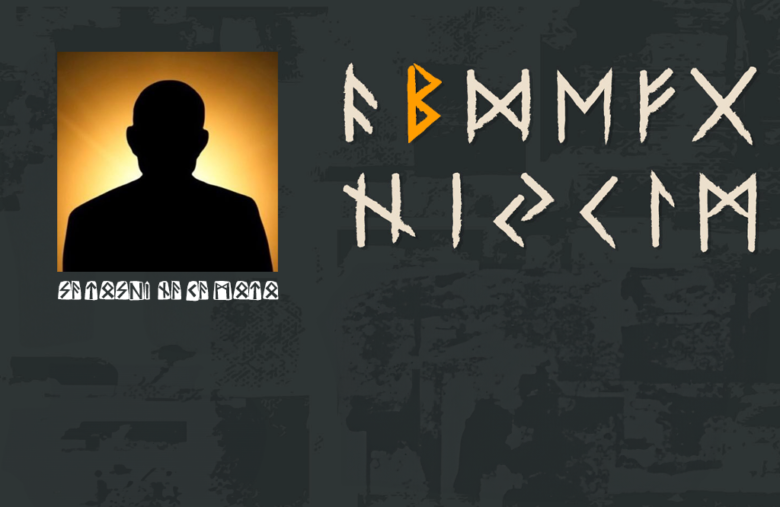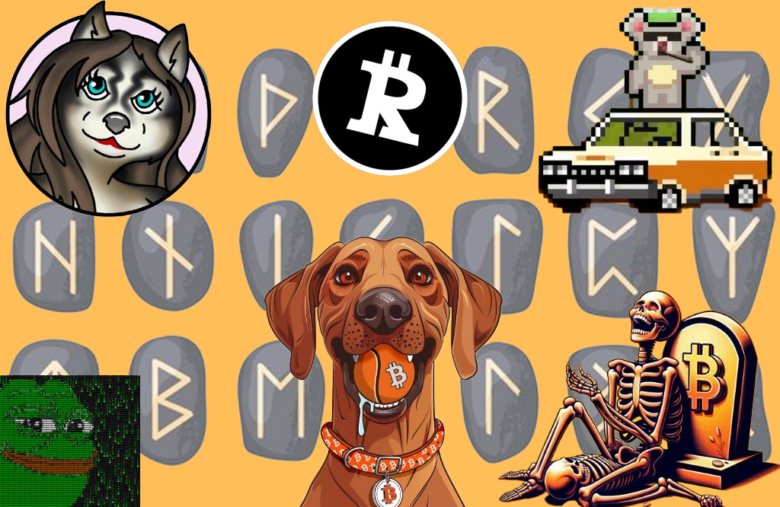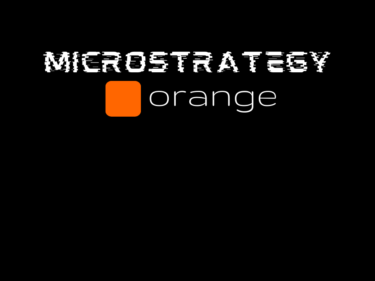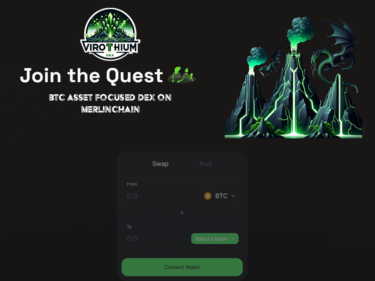Exploring Runes: The New Fungible Token Standard on Bitcoin
-
 by Dr. Steven Brule
by Dr. Steven Brule
- April 22, 2024

April 19, 2024, marked the launch of the Runes fungible token standard, introducing a unique approach to trading tokens on the Bitcoin network. Developed by Casey Rodarmor, creator of the ordinals protocol, Runes aims to enhance the trading experience of what the community playfully refers to as “shit coins.” This new standard is stirring discussions within the Bitcoin and ordinals ecosystem, with its distinct features and potential to shape the future of decentralized finance (DeFi) on Bitcoin.
A Launch Filled with Excitement and Challenges
The rollout of the Runes protocol was both exhilarating and somewhat subdued. One of the intriguing aspects of the launch was the protocol’s requirement for unusually long ticker names, with a minimum of 13 characters. Early adopters witnessed a mix of initial winners, including tokens like Satoshi Nakamoto RSIC Genesis Rune, Wanko Manko Runes, among others. However, the excitement also brought challenges; the Bitcoin mempool saw a significant spike, reaching 2,800 SATs per vbyte on the first day, which led to high transaction fees during the minting process.
Runes vs. BRC20s: What Sets Them Apart?
The main distinction between Runes and the existing BRC20 fungible tokens lies in their underlying models. Runes utilize the UTXO (Unspent Transaction Output) model for tracking transactions, storing data via OP_RETURNs. In contrast, BRC20 tokens operate on an accounting-based model, using witness data for storage. This fundamental difference impacts how tokens are managed and traded. For instance, Runes tokens can be sold without creating a transfer inscription, simplifying the process compared to BRC20s, which require such inscriptions to list tokens on marketplaces.

Community and Meme Culture: A New Frontier for Runes
An exciting development with Runes is their adoption by various ordinals collections, creating community-specific tokens. This is a notable divergence from BRC20s, where such community-driven token creation was less prevalent. The integration of Runes into meme culture and digital artifact communities suggests that Runes could become a significant standard for meme tokens, potentially driving wider adoption and engagement within these communities.
Mixed Reviews but Promising Future
The sentiment within the community has been mixed. Some users appreciate the new features and possibilities Runes introduce, while others find them similar to the previous year’s innovations with no added excitement. Despite the varied reception, the potential for building more sophisticated DeFi applications on Bitcoin using Runes is clear. Rodarmor has highlighted that Runes tokens are designed to be more accessible for development, which could lead to a more enjoyable and robust ecosystem of applications.
Conclusion: A Watchful Eye on Runes
As we move forward, the flexibility and user-friendly advantages of Runes over BRC20s will be tested. The coming weeks to months will be crucial in determining whether Runes can outpace BRC20s as the main fungible token standard on Bitcoin. For traders and developers alike, Runes offers a new realm of possibilities that could revolutionize how we interact with digital assets on the blockchain.
The Runes protocol’s journey has just begun, and its success or failure in becoming a pivotal part of the Bitcoin ecosystem will depend on its ability to truly enhance the user experience and foster new developments in DeFi. Keep an eye on this evolving space, as it holds the potential to redefine digital transactions on Bitcoin.
Disclaimer: The above article is for informational purposes only and does not constitute financial advice. The cryptocurrency market is volatile and unpredictable; always conduct your research before investing.




